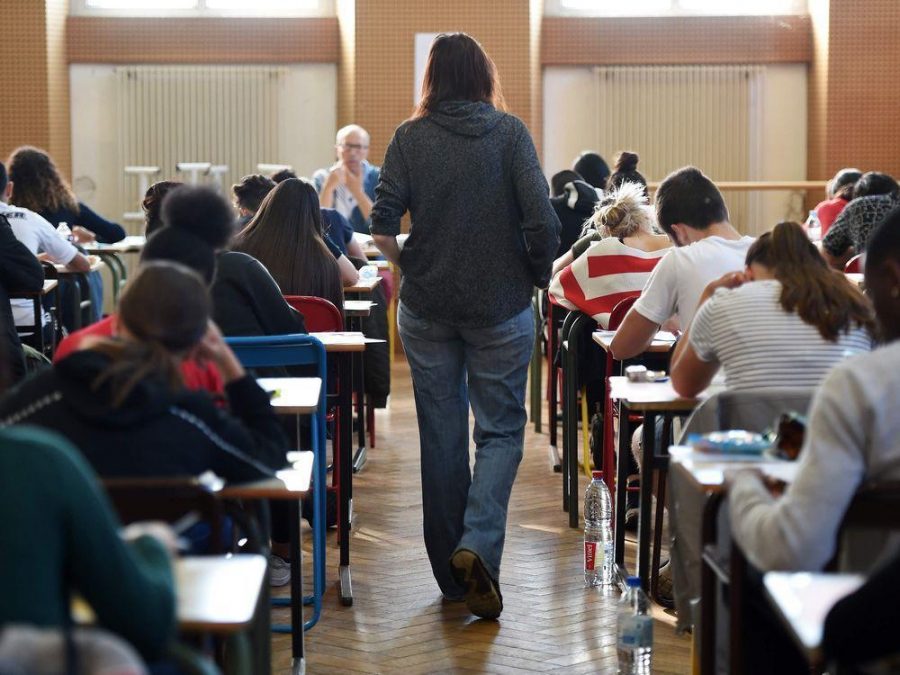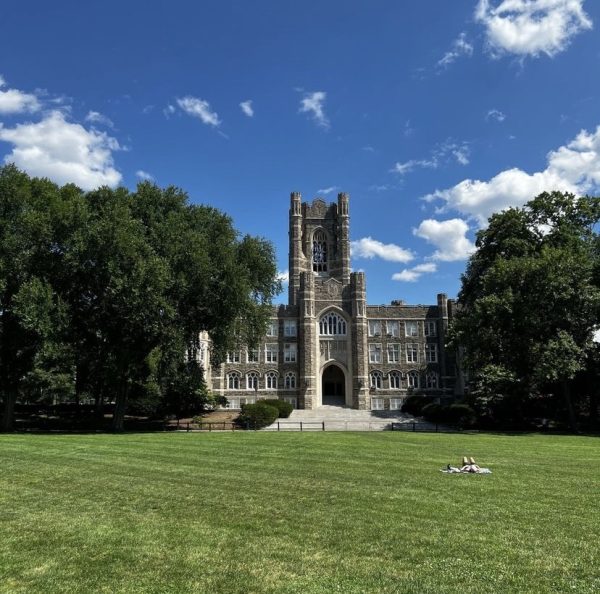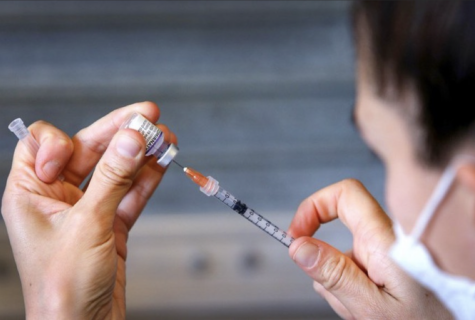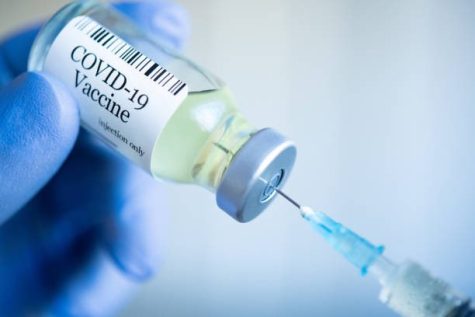Dress Codes and Masks: One Infringes on Freedom, the Other Saves Lives
One thing has remained constant throughout the uncertain state of the pandemic: the debate over masks. Masks act as both a safety device and as a symbol of debates concerning personal freedoms.
To maintain the balance between federal and state power, a nationwide mask mandate was never issued. Instead, many states have required masks in public places. In states without mask mandates, school districts have taken matters into their own hands by adding masks to the dress code requirements. In doing so, schools can prioritize health safety.
A drawback to this method is the association that most students have with dress codes. Dress codes have infamously targeted females and students of color through rules concerning hair length, shirt messages and skirt lengths. It makes me wonder why schools find it so much easier to prevent a student from dying their hair than preventing widespread infection among students. If people want to discuss personal freedom, the first debate should be school dress codes, not mask mandates.
Under Title VII, dress codes are permitted as long as they are enforced equally. This begs the question: how can a dress code, which specifically monitors a woman’s hair color, or specifically monitors a man’s hair length, possibly be equally enforced?
With guidelines ranging from skirt lengths and t-shirt messages to hair color, student’s rights to freedom of speech and expression are undoubtedly suppressed. A mask is a mask. Cropped shirts and hair colors do not affect health. Schools should have no trouble enforcing health-related policies separately from the dress code.
Masks work when used properly. According to research from Vanderbilt University Department of Health Policy, “COVID-19 death tolls were twice as high in Tennessee counties without mask mandates as compared to counties with directives in place.” Schools should be able to require masks on grounds of safety, not dress code.
As mask mandates fall under state jurisdiction, public schools must comply with their home state’s choice. In states such as Iowa, Utah and South Carolina, where students are not required to wear masks, the transmissibility of COVID-19 is bound to increase. If a school can enforce something as superficial as a dress code, why should they have trouble enforcing a mask policy? The system is flawed. Schools can easily prioritize control of a student’s physical appearance but not their health.
For those who argue that a piece of fabric on their face is an infringement on their liberties, then they need to accept that in times of desperation, some “freedoms” must be given up for the sake of the common good. No matter how it is spinned, nobody is being harmed or losing their self expression by wearing a mask. As stated in a Teen Vogue article “The right for students to present themselves how they choose is one worth fighting for and defending. The right to get others sick is not.”
Masks are a safety precaution, and dress codes are discriminatory. If individuals are so concerned about personal freedoms, then the discussion should not surround masks. By intertwining mask wearing with dress codes, both issues become clouded. Yes, dress codes do target certain groups disproportionately and should absolutely be reevaluated. In fact, slipping mask requirements into dress code regulations emphasizes how backwards dress codes are. School faculty and boards need to utilize the clear power they have to regulate masks. This power does not need to rely on further complicating dress codes.
If government officials are unwilling to protect students, then it is a good thing that school officials can find means to enforce masks, but it is unfortunate that it has to be through a dress code. These two issues need to be separated in order to bring necessary justice to both.
Margaret Cryan, FCRH ’24, is a communications major from Buffalo, N.Y.















































































































































































































